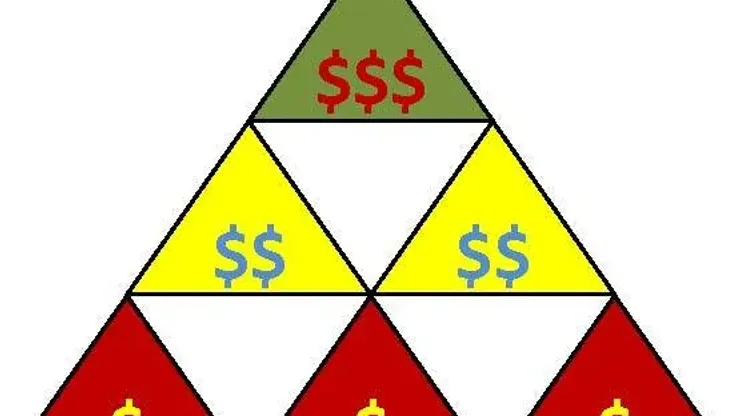
Major League Soccer has endured twenty years of steady growth and overcome numerous challenges to become a viable business. But does the model really lend itself to eventually allowing the league to be an independently profitable business?
Acclaimed soccer economist and author Stefan Szymanski has his doubts. In an article published this week entitled So what is the MLS business model, Szymanski argues the following based on MLS’ poor TV ratings and current levels of sponsorship and spending:
“Sponsorships will not grow significantly from current levels with the low TV audiences, and figures supplied by Sport Media Watch suggest that although MLS is doing better on TV so far this year, the new signings have not had a dramatic effect.
“Without more revenues the league cannot attract better players, and without better players and a better quality of play most Americans are not going to watch this on TV- especially when they can easily watch better stuff from LigaMX, the Premier League, the Champions League, etc.”
The willingness of expansion franchise owners to spend between $70 million and $120 million on new franchises, Szymanski argues, is an indicator that MLS’ mirrors, in some ways, an elaborate Ponzi scheme. Expansion fees are generated to offset other losses for existing ownership groups. This line of thinking is even more logical when you consider MLS has never stopped expanding, putting artificial caps on the number of teams to raise expansion fees only to announce that 18, 20 or 24 was not the stopping point for expansion after fees were collected.
SEE ALSO — Listen to Stefan Szymanski discuss the article on World Soccer Talk Radio.
An interesting component of evaluating MLS’ TV revenue is that the packages sold by the league to ESPN, Univision and FOX are bundled with Soccer United Marketing’s rights of US National Team matches. So with the MLS TV deal running through 2022 and the potential takeaway for the USSF, it amounts to as much as 45% of the $90 million a year deal. The deal runs through 2022, meaning MLS’ would need a spike in revenue by 2022 from sponsorship or other sources to reach its stated goal of being a top league in the world by that year.
On that score, Szymanski concludes:
“Forget the Premier League, The Bundesliga, La Liga, Serie A – truly the top four leagues in the world – even to match the wage spending of the French and Russian leagues, would require an outlay by MLS of around $750 million per year, or roughly six times the current spending levels of MLS.”
The upward growth of MLS is encouraging but the arguments from Szymanski paint a gloomy picture if the league is ever to reach elite levels in the global game.
200+ Channels With Sports & News
- Starting price: $33/mo. for fubo Latino Package
- Watch Premier League, Liga MX & Copa Libertadores
The New Home of MLS
- Price: $14.99/mo. for MLS Season Pass
- Watch every MLS game including playoffs & Leagues Cup
Many Sports & ESPN Originals
- Price: $10.99/mo. (or get ESPN+, Hulu & Disney+ for $14.99/mo.)
- Features Bundesliga, LaLiga, NWSL, & USL
2,000+ soccer games per year
- Price: $7.99/mo
- Features Champions League, Serie A, Europa League & EFL
175 Premier League Games & PL TV
- Starting price: $7.99/mo. for Peacock Premium
- Watch 175 exclusive EPL games per season